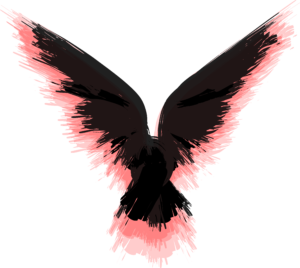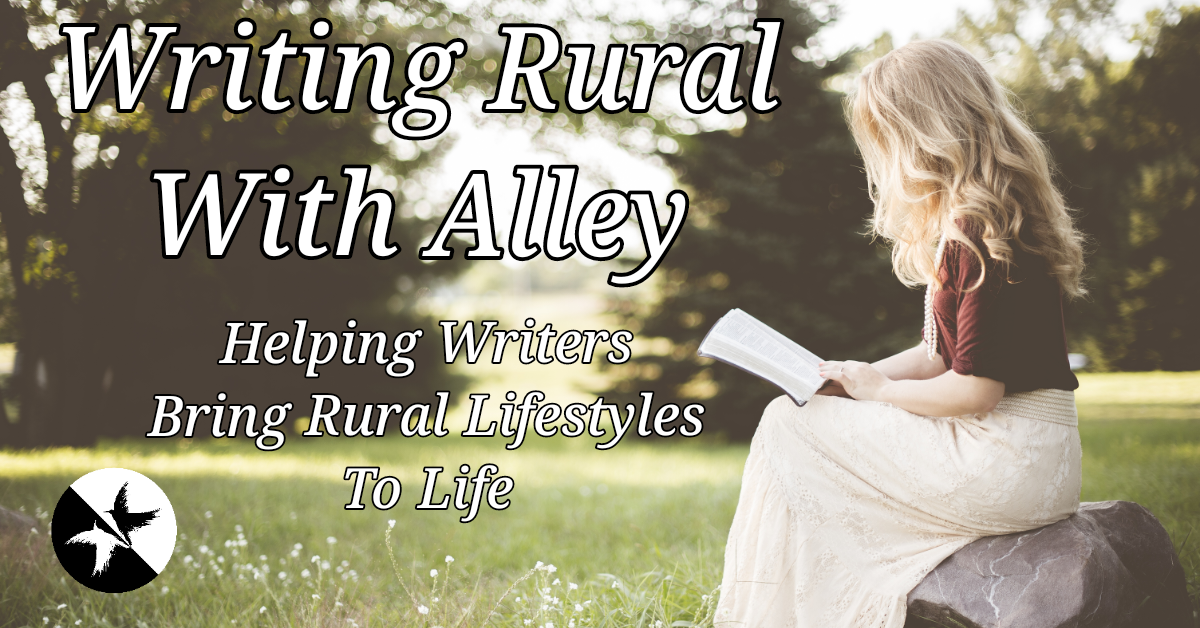What do leaves have to do with rain? What do ants and spiders tell us about weather? What the heck is a sun dog? Find out on this episode.
There are many ways that people predicted weather long before modern radars and your friendly local weatherman. From the beginning of mankind, we have tried to guess what the weather would do, and in doing so, we picked up on patterns that helped us to understand what weather might happen and prepare. Today, I will share 5 more of them.
6) Sun dog (Weather will change in three days)
A sun dog is similar to a moon ring (That we talked about last week), meaning that there is what looks like a ring around the sun. This can be a light ring, and sometimes it even looks like a rainbows are on both sides of the sun. There seem to be two camps on this one, and they are divided by generation. My grandparent’s generation believes that this means the weather will change within three days. The younger generations believe that a sundog means it will rain within 24 hours.
Either way, this is formed by sunlight reflecting off ice crystals in the atmosphere. They can be very bright and also very pretty.
Both generations absolutely agree that this is a very accurate way to tell the weather. From what I have read from meteorologists, they all agree that it is very likely to rain.
Sun dogs get their names from Greek mythology. They believed that when you saw a circle around the sun, their sun god was walking his dogs. Not sure how a circle made a dog …?
7) Flowers closing before rain
I have always heard that if a flower closes its petals in the daytime, it means rain is on the way. Keep in mind many flowers close at night, and this is not what we are talking about. This can be true, but it is not for all flowers. For example, some types of roses do not close. (I didn’t know that, but now I do.)
There are several types of flowers that do close when it is going to rain, dandelions being the most widely known. However, bindweed, chickweed, clovers, wild indigo, and tulips all close before rain or bad weather.
8) Tree leaves turning down for rain
This is one my Native American grandmother told me often also. When it was going to rain, the trees turned down their leaves to send as much rain to their roots as they could. This one is true and not true.
Let me explain. It is true that maple and poplar trees’ leaf steams react to the humidity spike before a storm, making them soft and allowing the wind to turn the leaves upside down. There are roughly 35 types of poplar trees, including willows, cottonwood, aspen, or balsam, among others. It is not true that every single tree will do this.
9) Ants build up their anthills
This is one most people with dirt-dwelling ants have heard of. If you see ants building their dirt mounts bigger, it means it is going to rain. You see, ants are able to sense changes in the biometric pressure and humidity in the air that humans cannot always tell. Since they are tiny, they don’t want to drown. They will build up their mounds a little higher before rain. Keep in mind mounds can go a foot or more underground. The ants want to make sure they will not be flooded. They might even close up the mound opening as the rain starts to keep from having flooded tunnels, making this saying true.
10) Spiderwebs move inside because winter is coming
This is a saying many people have heard. When you start finding many new spider webs in the house, it means winter is here. Not quite meets the eye on this one. You see, many spiders lay egg sacks and die in the winter, letting babies be born the next spring. Others make a spider form of antifreeze in their veins so when they freeze, they don’t die. Most go into a hibernation-type state for the winter.
However, some will move into the house. This is not because of winter but because their food supply has also moved into your home. They are simply following the food supply inside.
Fun fact: There are more than 12,000 different species of ants in the world.
What could go wrong?
Likely to go wrong: Your character is simply not paying attention to the signs the weather is going to change.
Likely to go wrong: Your character’s young child decides to stomp on or destroy the ant mounds. They could step on a carpenter ant or even a fire ant mound. This will trigger the ants to swarm out, and the child could be bitten. Bites are painful, and some people are allergic to them.
Possible to go wrong: Your character looks at a sun dog too long and damages their eyes.
Possible to go wrong: Your character doesn’t know what a sun dog means and thinks nothing about the weather when they see one.
Possible to go wrong: Your character is bitten by a spider that came into the house. This could be painful and could be scary for them.
Unlikely to go wrong: Your character was driving when there is a sundog directly in their eyes, making it very hard to see. This could cause a car wreck. If it happened in a wagon, they might drive the wagon off the trail or accidentally hit a hillside with only one wheel and tip the wagon over.
Unlikely to go wrong: Your character tries to hide under a tree when the rain comes. The leaves being turned down makes even more water fall on him. This would be potentially deadly if the tree was struck by lightning.
Improbable, but still technically in the realm of possibilities: The flowers close up during a light rain as your character takes a shortcut home. When the rain stops, the flowers open back up, and your character finds themselves in the middle of a field of flowers they are allergic to.
Improbable, but still technically in the realm of possibilities: Your character is bitten by a venomous spider that came inside for the winter. They could lose a limb. This could even be deadly.
Helpful links to learn more:
Sun dog:
Flowers closing:
https://www.cuyahogamg.org/MGGardeningArticles/Horticultural%20Science/TV08%2007%20-%20Mraz.pdf
Leaves turning down:
https://www.britannica.com/plant/poplar
Ant mounds:
https://www.tacticalpestservices.com/numerous-ant-mounds-after-heavy-rainfall/
Spiders move inside:



